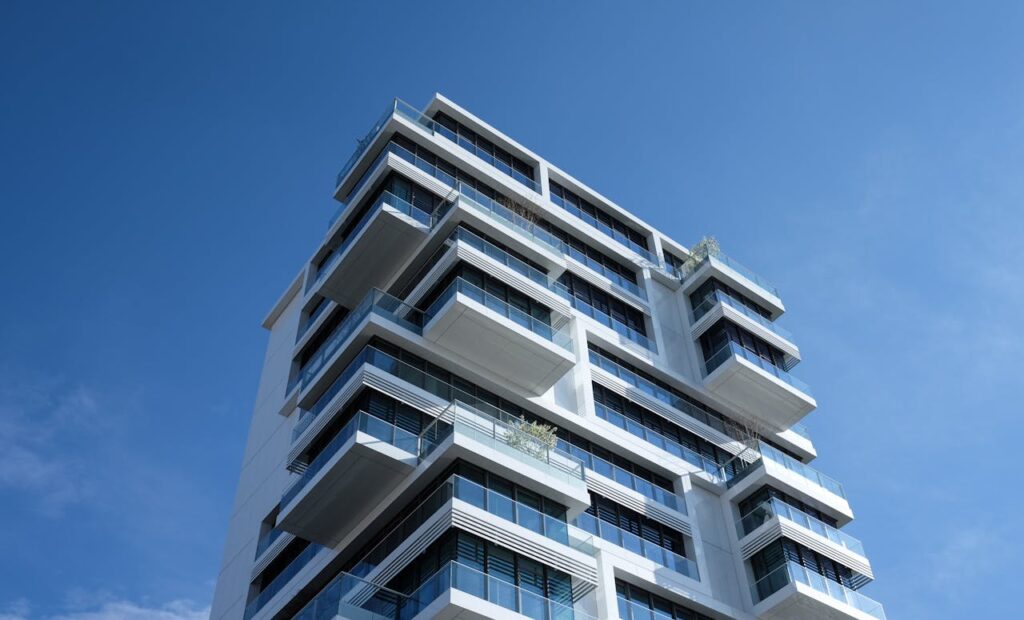In commercial real estate, sustainability has taken a prime place, and the whole sector is changing dramatically. Eco-friendly solutions within commercial property are no longer a trend or a nice-to-have; they are a requirement. Besides contributing to the betterment of the environment, such practices boast great economic and social benefits. This article shall discuss reasons why eco-friendly solutions are critical in commercial real estate and, further, how they will impact the industry.
Enhanced property value and marketability
Eco-friendly solutions in commercial property reportedly increase property value and marketability because of their “CRE sustainability”. Properties with sustainable practices, such as energy-efficient systems and green certifications, are very appealing to tenants and investors. This means higher lease rates for them, along with reduced vacancy rates since the demand for environmentally responsible spaces is already on the rise. This, in conjunction with increased trends in running sustainable businesses, would put a building with a “green” designation at an extreme advantage over others in a very competitive market.
Lessen Operational Costs
Perhaps one of the most tangible benefits of green solutions lies in reducing operating costs. Changing to energy-efficient lighting, heating, cooling, and water-saving fixtures will help money that would otherwise be spent on utility bills. Moreover, due to the durable, long-lasting, sustainable materials that go into the makeup of the building, green buildings are easier to maintain and last much longer. These economies, over a sustained period, make such eco-friendly properties less expensive in management and operation.
Attracting Environmentally Conscious Tenants
The shift to sustainability does not remain limited to the property owners; tenants are increasingly becoming sensitive to the environment as well. Many businesses look for commercial spaces wherein they can integrate their values and commitment to reducing carbon footprints. The property owners can expect to retain and attract tenants concerned about the environment by coming up with eco-friendly solutions for them. Apart from achieving higher occupancy rates, owners can retain long-lasting relationships with their tenants based on shared values.
Compliance with Government Regulations
As governments around the world strengthen environmental legislation, so too are these changes being reflected in commercial property. From standards of energy efficiency to protocols on waste management, property owners have to adhere to an ever-growing list of stipulations. Commercial property owners who integrate such eco-friendly solutions into their operations ensure compliance with the kind of regulations mentioned above and avoid fines and penalties. In this way, staying ahead also establishes the property owner as a leader in sustainability, boosting reputation and credibility.
Health and Well-being
Green solutions in commercial property extend their value beyond environmental benefits and also have a bearing on the health and well-being of building occupants. Green buildings are designed to maximize natural light, improve indoor air quality, and reduce personal exposure to harmful chemicals. Such features help create healthier indoor environments that should, in the long term, promote workers’ productivity, reduce absenteeism, and generally help employees stay healthy. Occupant well-being is, therefore, growing in prominence and forms the core of modern commercial real estate.
Improved CSR
Corporate social responsibility is a big issue in the modern business environment. The pressure of today is upon companies to show their commitment to sustainable practices and ethics of operation. A business entity, therefore, will improve its CSR by investing in eco-friendly commercial property while proving it cares for the environment. This not only adds value to the brand image but also speaks to all consumers, investors, and employees who value sustainability.
Beating the Future
Commercial real estate is at the forefront of conflicting challenges between climate change and resource scarcity, which will only push the sector to adjust to the real demands of the future. Green solutions will thus be crucial in maintaining sustainable real estate that is resilient to these challenges. From renewable energy integration to sustainable building materials, taking up green practices today is a move to prepare commercial properties for a future where sustainability is no longer optional.
Conclusion
Eco-friendly solutions are not merely a trend in commercial real estate; they are part of the essential nature of a thriving and sustainable future. Thus, enhanced property value, reduced operational cost, the attraction of conscious tenants, and meeting regulatory requirements—there are manifold advantages brought in by sustainability. They also help give a healthier environment to their occupants, strengthen corporate social responsibility, and prepare the industry for new challenges. With green buildings continuing to be more in demand, embracing eco-friendly solutions is no longer a business decision but the right thing to do for the planet and future generations.

